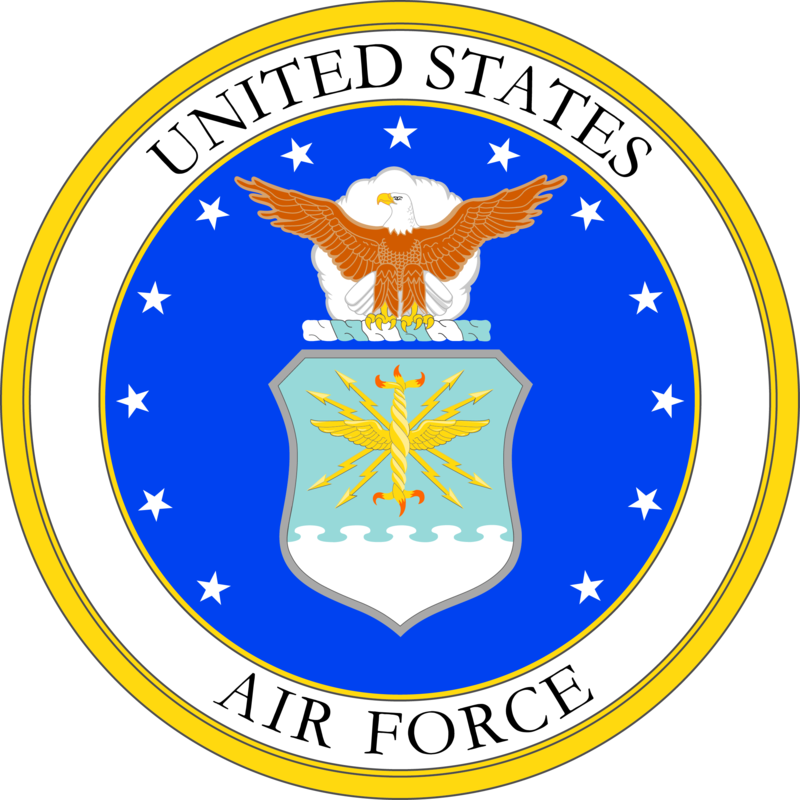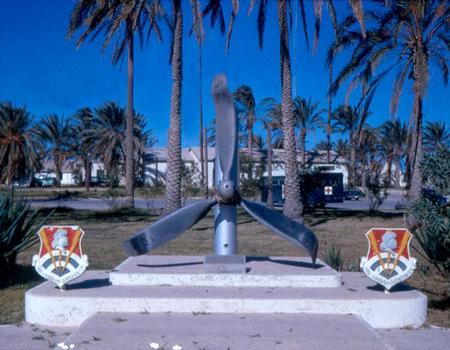ABOUT 7272 FMS Wheelus AFB Libya
- Strategic Location: Wheelus Air Base, located near Tripoli, Libya, was considered one of the most strategically important U.S. air bases during the Cold War due to its proximity to the Middle East, Europe, and Africa.
- 7272nd FMS Role: The 7272nd Field Maintenance Squadron (FMS) provided essential aircraft maintenance and support, ensuring the readiness of bombers, tankers, and fighter jets stationed at Wheelus.
- Operation Reflex: In the 1950s and 1960s, Wheelus AFB served as a vital staging and refueling point for Operation Reflex, which involved B-47 and B-52 bombers on temporary alert rotations from the United States.
- Training Hub: The base was a major training site for U.S. Air Force and NATO pilots, particularly for gunnery and bombing practice, thanks to the vast surrounding desert ranges.
- Libyan Revolution Impact: The rise of Muammar Gaddafi in 1969 and the subsequent Libyan Revolution led to the closure of Wheelus AFB in 1970, with the 7272 FMS and other U.S. units withdrawing soon after.
- Community Life: Wheelus AFB had a thriving American community, complete with schools, a hospital, recreational facilities, and even a beach club on the Mediterranean for service members and their families.
- Emergency Operations: The 7272nd FMS was instrumental in supporting emergency airlift and evacuation missions, including during periods of regional instability and natural disasters.
- Aircraft Diversity: The unit maintained a wide variety of aircraft, including F-100 Super Sabres, B-47 Stratojets, C-130 Hercules, and KC-97 Stratofreighters.
- Diplomatic Presence: Wheelus AFB and the 7272 FMS played a role in U.S.-Libyan relations, offering humanitarian aid, medical support, and fostering goodwill projects with the local population.
- Legacy: Many veterans of the 7272nd FMS maintain connections through reunions and online groups, sharing stories and preserving the unit’s unique history in Libya.


